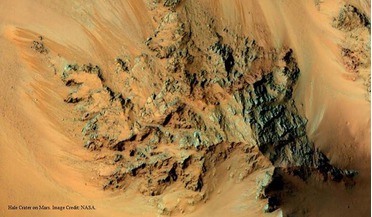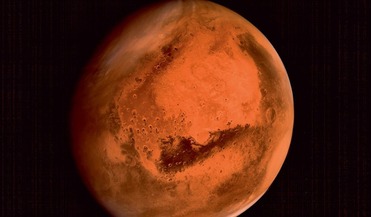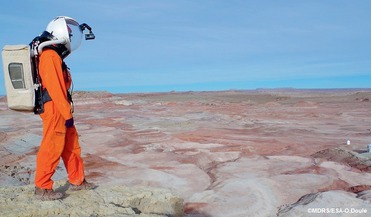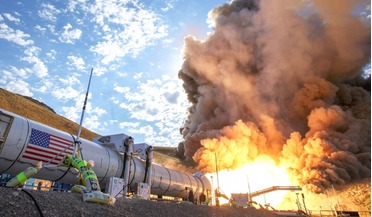 12 August 2015
The 10th Anniversary of NASA’s Mars Orbiter and the path to a manned Mars mission
12 August 2015
The 10th Anniversary of NASA’s Mars Orbiter and the path to a manned Mars mission
...“ambassador,” galvanising both the public and the space community in the effort to launch an eventual manned mission to Mars. It’s going to be a long and risky journey. But spacecraft like the MRO have shown us that a) It is possible and b) It is ...
 29 March 2018
Human Spaceflight: From Mars to the Stars
29 March 2018
Human Spaceflight: From Mars to the Stars
...that “humans will become a multi-planet species by making it to Mars, but no farther”. Although he realises that some readers will find...is also a colour photo insert, an appendix on “A Human Mars Mission”, a set of chapter notes and an index. What the...
 December 2014
India joins the major league with the Mars Orbiter Mission
December 2014
India joins the major league with the Mars Orbiter Mission
.... “Such is the high level of collaboration between India and the US in the space sector,’’ Arunan said. The Mars mission has given a boost to India’s scientific sector and inspired youngsters to take science, technology, engineering and mathematics...
 December 2014
Ready for Mars? From Mars-500 to zero-gravity medical issues
December 2014
Ready for Mars? From Mars-500 to zero-gravity medical issues
... crew constituency studies. Six men from a wide international grouping were isolated for 520 days in a simulated Mars mission in 2010–11. All appeared healthy and content at the end of the period with no conflict situations reported, although...
 November 2016
Moon or Mars - NASA’s next logical step?
November 2016
Moon or Mars - NASA’s next logical step?
... the environment, and medical facilities. In contrast, the ISS is Earth-reliant and dependent on re-supply flights. For a Mars mission of two years or more, astronauts will have to be both self-sufficient and Earth-independent. In situ resource...
 January 2018
Shielding the human genome
January 2018
Shielding the human genome
... amount of radiation a person would encounter on Earth. This is the equation NASA grapples with as it plans for a Mars mission - and it is one that has never balanced in NASA’s favour. The pharmaceutical team, comprising organic chemists, biologists...